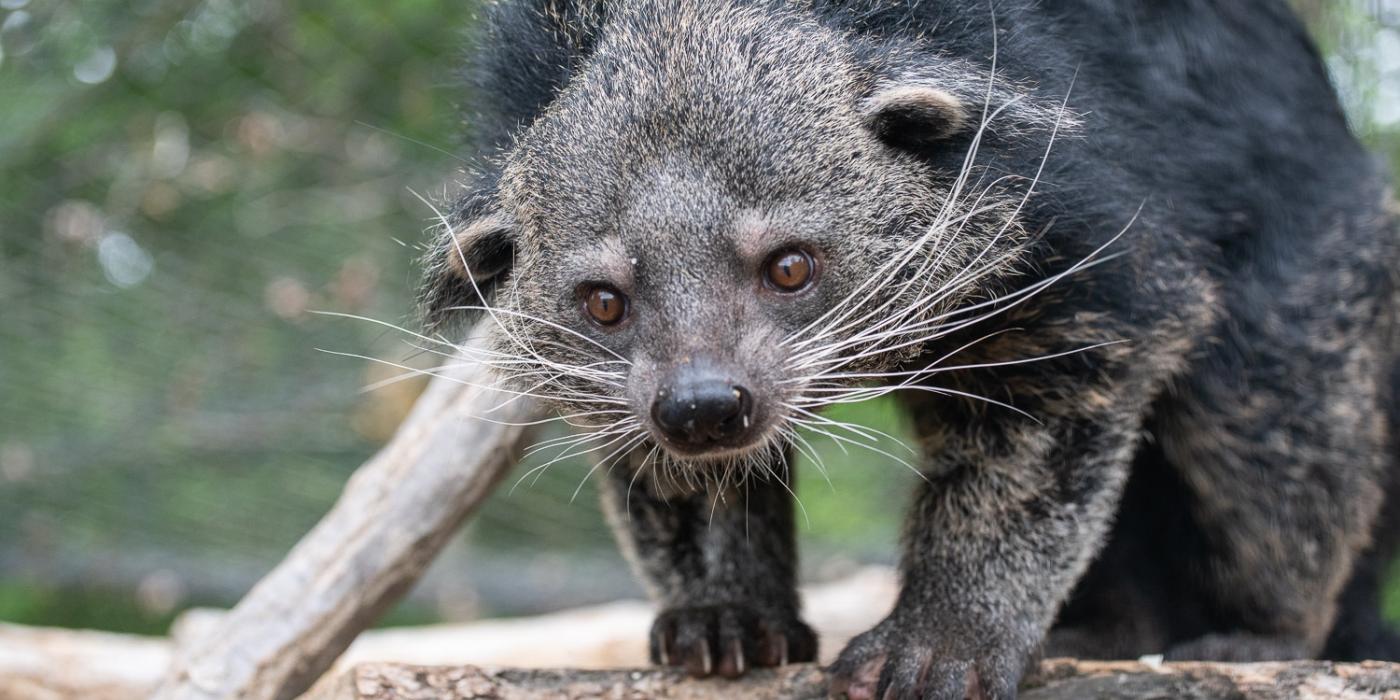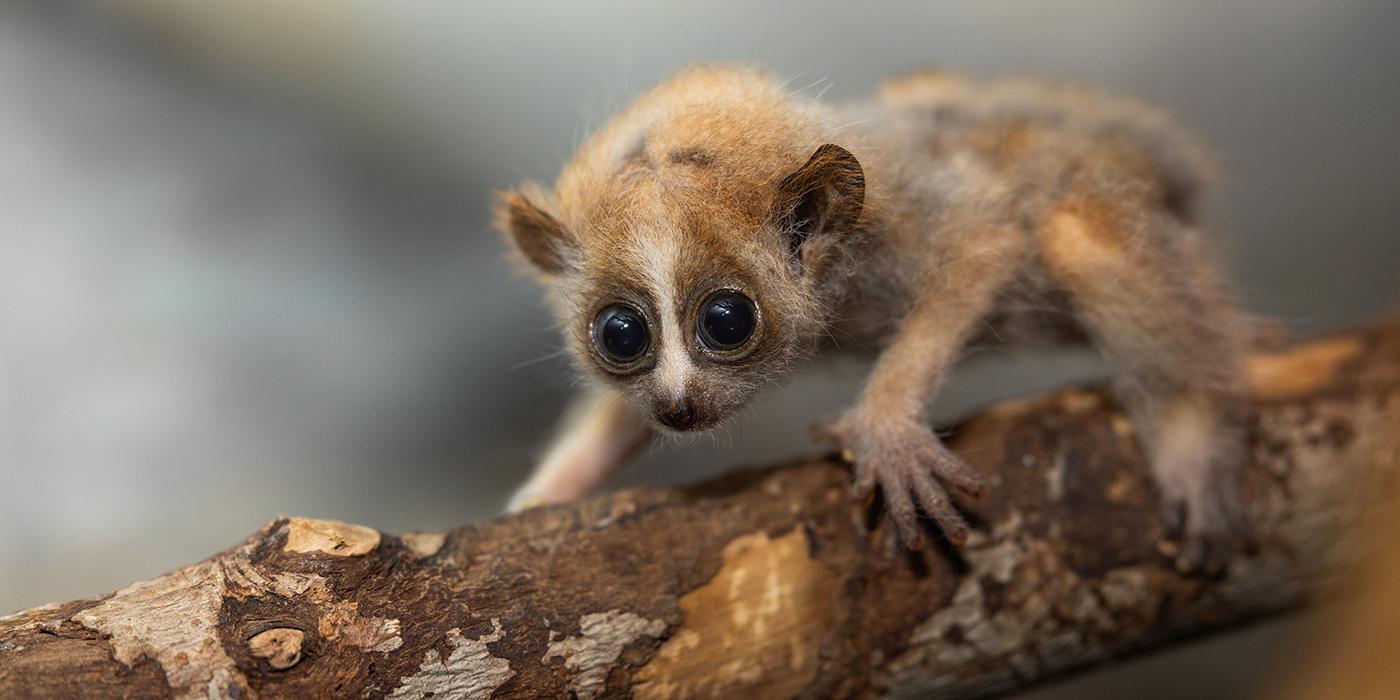#CheetahCubdate: Ready to Play and Excited for Treats
This may not come as a surprise, but our cheetah cubs are starting to run really fast.
At almost four months old, Echo’s litter of five cubs are active and in great health. They are playful and closely bonded—which makes sense, given all the time they spend chasing each other through the yard. It’s a lot for Echo to keep track of!
The cubs are getting bigger—they weigh about 12 pounds (5.5 kilograms) each—and their personalities are starting to emerge. They don’t have names yet, but we gave them shave markings on their fur to help us tell them apart. For the time being, we call them “Left Hip”, “Left Shoulder”, “Back Shave”, and “Right Shoulder”. The final cub has a very pronounced black stripe across her back – so we call her “Stripe”.
As keepers, we spend a lot of time near the cubs, and they certainly keep us entertained. After eating, the cubs will play and wrestle in their outdoor habitat for a bit. As they play together, each cub will run over to be groomed by Echo, one by one. As soon as she finishes with one cub, another cub will notice and run over for their turn!
Four-month-old cheetah cubs tend to stick close to their mothers, but this litter is, on average, very brave and independent for their age. The keepers and I will often see one or two cubs doing things on their own, like poking their heads into the dens and exploring around the yard. They don’t always listen to their mom and come when she calls, but they give in when she persists. One little male, “Back Shave”, is the most shy. We wonder if he’ll get bolder as he grows up.
Even though Decembers at our Front Royal, Virginia, campus can get chilly, Echo and the cubs haven’t been affected by the weather too much. Their thick winter coats help them withstand cool temperatures, and our heated dens give them the option to stay warm if the temperature plummets outdoors. Echo and her cubs snuggle together in the dens during cold or rainy nights, but typically, the whole family spends each day outside. Often, we’ll see the cubs playing while Echo lounges in the sun.
Developmentally, the cubs are on track for a healthy adulthood. Their surroundings are still new to them, so they get a lot of enrichment and stimulation from exploring their habitat areas and playing with each other. They also love climbing (and chewing on) logs.
Playing and investigating new objects is important for each cub’s development, so we give them jolly balls and other toys, which they like to bat around the habitat. We also recently introduced the cubs to the big wooden spool toy. Only one cub has been seen on top of it so far: a male we’re calling “Left Hip”, who is the bravest cub in the litter.
As part of the cubs’ routine health monitoring, the keepers and I regularly weigh each cub on a scale – if the cubs choose to get on the scale, we reward them with a little piece of meat placed on a spoon. The adult scale can be a little intimidating for a cub, but once they learned that we spoon-feed treats to them, the cubs became bolder in their interactions with keepers. Now they approach us more readily, and some of them get really excited about their meat reward!
Right now, the cubs eat the same beef diet that our adults do. And we’re just about ready to introduce them to their first whole prey items: frozen-thawed rabbits. Carcass feedings, like the rabbits, mimic what the cubs would experience in the wild and are important for their overall health. The skin, fur and bones are full of fiber and aid in the digestive process. Internal organs are also rich in nutrients, which help the cubs grow big and strong. Prey items also help strengthen their jaw muscles and keep their teeth healthy.
In previous #CheetahCubdates, I talked about the cubs’ paternal situation. Unlike some other mammals, cheetahs can have litters with multiple potential fathers, and we’re not sure whether each of Echo’s cubs was sired by Flash or Asante. We’ve taken blood samples from each cub, which we’ll compare and analyze with samples taken by the two potential sires with our colleagues at the Center for Conservation Genomics. The samples are still being analyzed, but we’re crossing our fingers that we’ll have the answers by the time we put out next month’s #CheetahCubdate!
Check back later on the Cheetah Cub Cam to see if our cheetah family will make an appearance, and catch up on previous #CheetahCubdates here.
Related Species:




